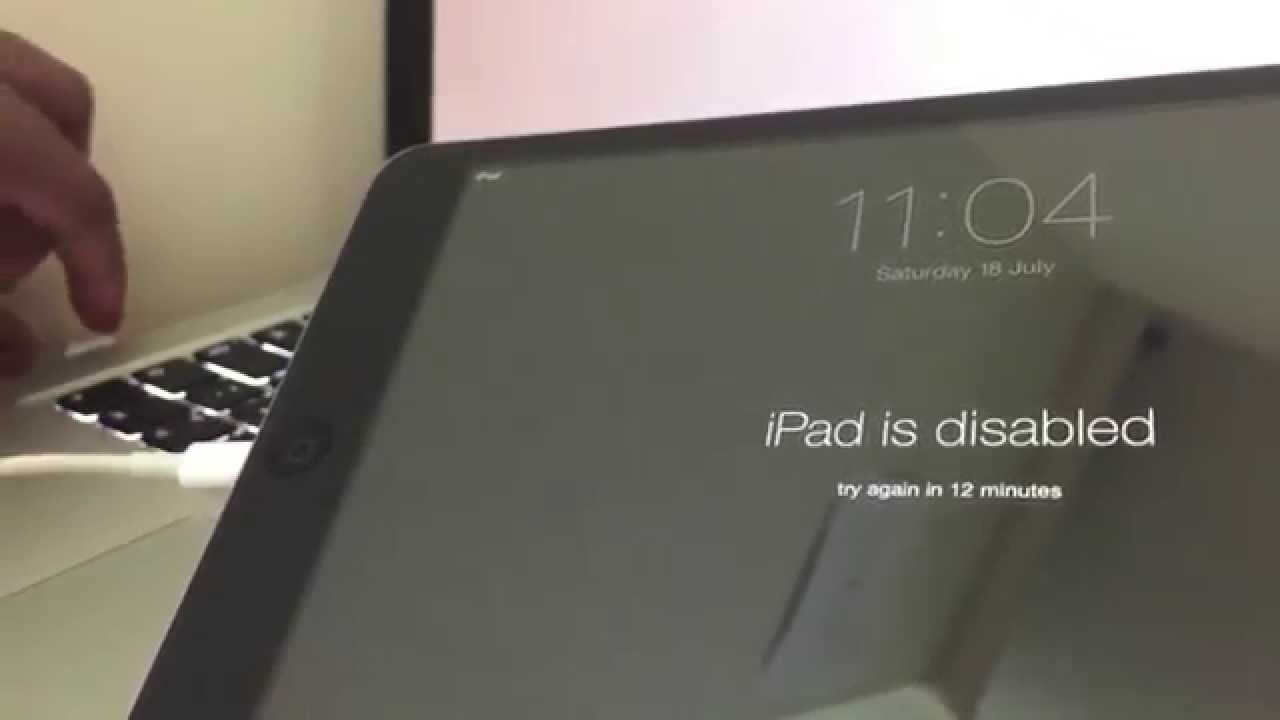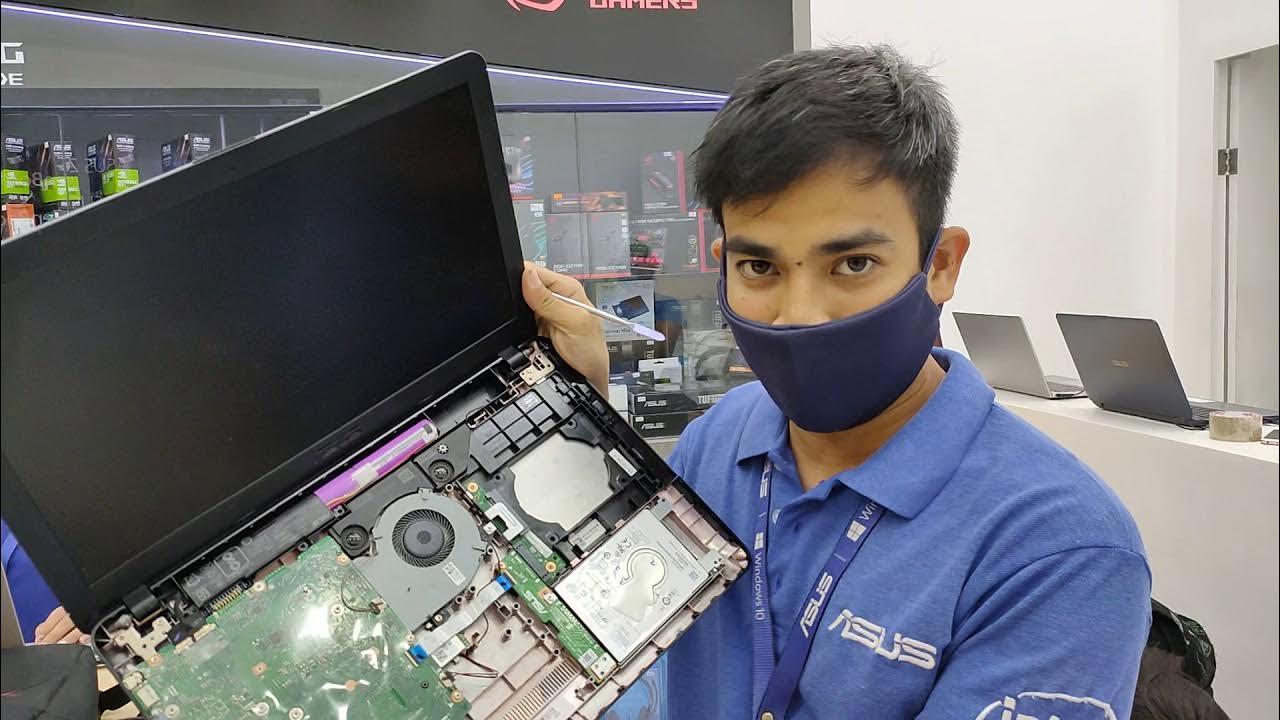To read a Neptune water meter, locate the register and record the numbers displayed. Neptune water meters are commonly used in residential and commercial settings to measure water consumption.
Understanding how to read these meters is important for tracking water usage and detecting any abnormalities or leaks. To read a Neptune water meter, start by locating the register, which is typically found on the exterior of the meter. The register displays the consumption in cubic feet or gallons.
Record the numbers displayed on the register, from left to right, and take note of any red or blue lines. These lines indicate that the digits to their right should be multiplied by 10 or 100, respectively. By regularly reading your Neptune water meter, you can monitor your water usage and ensure efficient water management.
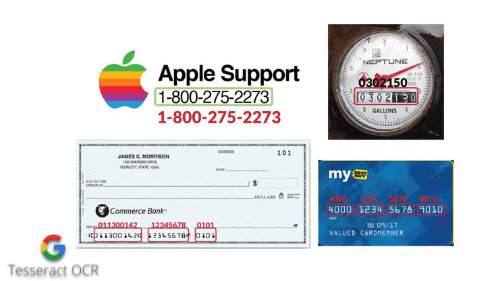
Credit: pyimagesearch.com
Key Steps For Reading A Neptune Water Meter
Understanding how to read a Neptune water meter is essential for monitoring water usage and managing consumption effectively. By familiarizing yourself with the key steps involved in reading the meter, you can keep track of your water usage accurately. This blog post will guide you through the process, covering essential information such as locating and accessing the water meter, interpreting the dial readings, recording the consumption, and calculating water usage.
Locating And Accessing The Water Meter
Before you begin reading your Neptune water meter, you need to locate it. In most households, the water meter is installed near the main water line where it enters the property. It is commonly found in basements, crawl spaces, or utility rooms. Once you have located the meter, make sure you have easy access to it by clearing any obstacles or clutter.
Interpreting The Dial Readings
The Neptune water meter uses a set of dials to display the water volume consumed. These dials have numbers ranging from 0 to 9 and are similar to the hands of a clock. To interpret the dial readings accurately, start from the right-hand side and move towards the left. Read each dial in the direction it rotates, noting down the number closest to the pointer. If a pointer is exactly on a number, note down the lower number. Repeat this process for all the dials, recording the readings for each.
Recording The Consumption
Once you have interpreted the dial readings, it’s crucial to record the consumption accurately. Note down the values you obtained from each dial, ensuring you write the digits in the correct order. For example, if the readings are 5-7-2-3-9, record it as 57239. It’s important to record your water consumption regularly, whether it’s on a daily, weekly, or monthly basis. This will help you track any unusual changes or potential leaks.
Calculating The Water Usage
Calculating your water usage involves determining the difference between two recorded readings taken at separate intervals. Subtract the previous reading from the most recent reading to determine the amount of water consumed during that period. For example, if your previous reading was 57239 and the current reading is 57914, you have consumed 675 gallons (57914 – 57239 = 675 gallons). By monitoring your water usage, you can identify patterns, implement efficiency measures, and ultimately, reduce your water consumption.
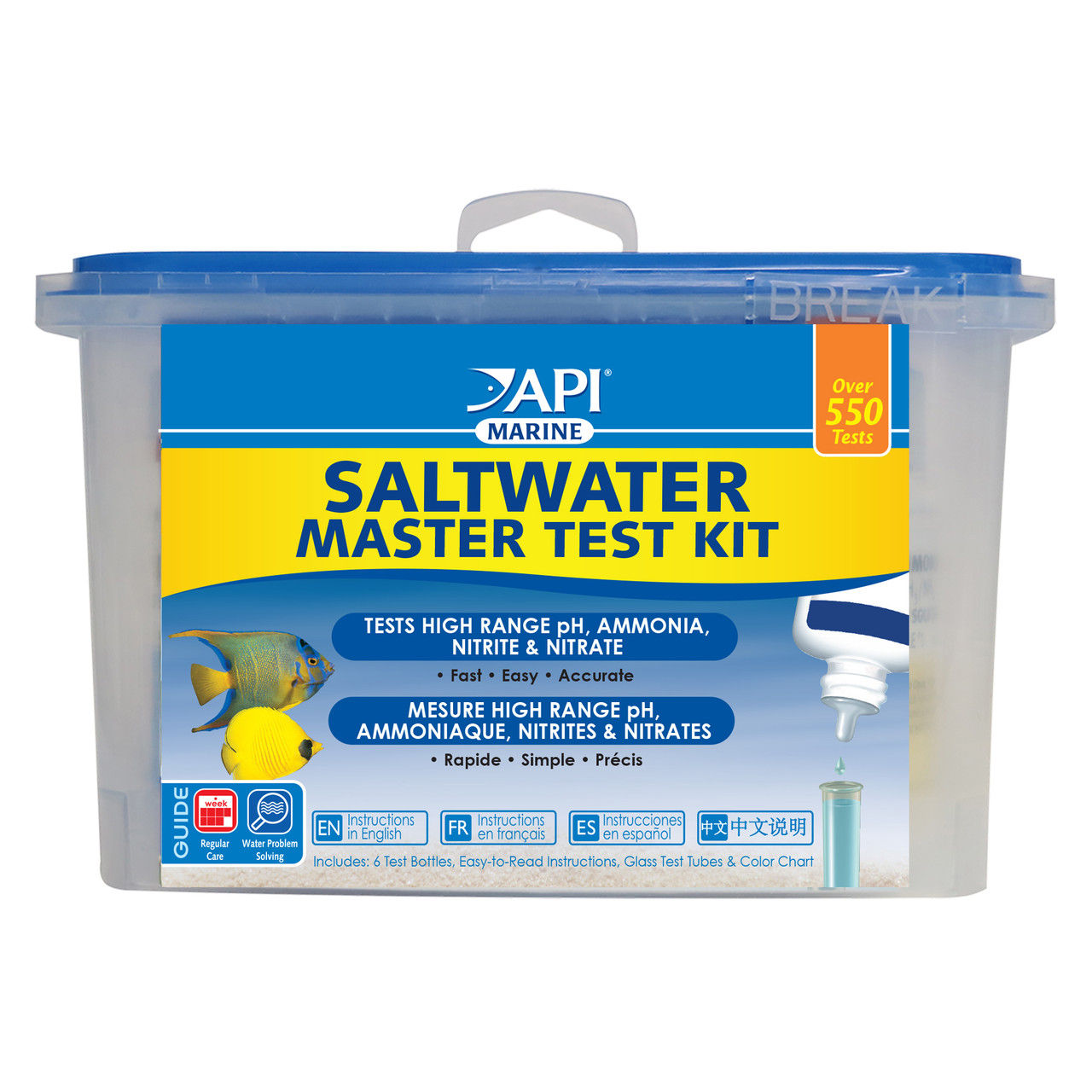
Credit: www.saltwateraquarium.com
Common Challenges And Troubleshooting Tips
Learn how to effectively read a Neptune water meter with these troubleshooting tips, addressing common challenges and providing guidance to ensure accurate measurements. Discover how to navigate through potential issues and maximize the functionality of your water meter.
Obstacles In Accurate Reading
When it comes to reading a Neptune water meter, there can be a few challenges that may hinder the accuracy of your readings. These obstacles can make it difficult to obtain precise measurement data, which is crucial for managing water usage effectively. However, with the right troubleshooting tips, you can overcome these common challenges and ensure accurate readings. Here are some obstacles you may encounter and how to handle them:
1. Dirty or Foggy Meter
If your Neptune water meter is covered in dirt, debris, or fog, it can be difficult to read the numbers and dials clearly. To solve this issue:
- Clean the meter using a soft cloth or sponge and mild soap solution.
- Remove any fog or condensation by wiping the surface gently.
- Ensure the meter is well-lit, either with natural daylight or a flashlight, for better visibility.
By keeping the meter clean and clear, you can easily read the measurements without any obstacles.
2. Meter Obstructions
Sometimes, your Neptune water meter may be obstructed by objects such as plants, debris, or other equipment. Here’s what you can do to handle this:
- Clear any obstructions around the meter, ensuring there is enough space for easy access.
- Remove any vegetation that may be blocking the view of the meter.
- Keep the area around the meter clean and free from clutter.
By removing obstructions, you can effectively read the Neptune water meter and avoid any inaccuracy in your measurements.
Handling Meter Damage Or Malfunction
In some instances, the Neptune water meter may experience damage or malfunction, which can affect its reading accuracy. Here are some troubleshooting tips to handle these situations:
1. Broken or Cracked Meter
If you notice that your Neptune water meter is broken or cracked, it is crucial to address it promptly to ensure accurate readings. Follow these steps:
- Contact a professional plumber or the water utility company to repair or replace the meter.
- Do not attempt to fix the meter yourself as it may cause further damage.
- Regularly inspect the meter for any signs of damage to prevent issues with accurate readings.
By taking swift action to repair or replace a damaged meter, you can maintain the accuracy of your water usage measurements.
2. Faulty Meter Components
In some cases, certain components of the Neptune water meter may become faulty, leading to inaccurate readings. To troubleshoot this issue:
- Contact the manufacturer or a professional plumber to diagnose and repair the faulty components.
- Ensure all components are properly connected and functioning before taking any readings.
- Regularly check for any signs of wear and tear or loose connections.
By addressing faulty components promptly, you can maintain the precision and reliability of your Neptune water meter readings.
Dealing With Unusual Water Usage Patterns
Unusual water usage patterns can often be puzzling and may require investigation to understand the reasons behind them. Here are some troubleshooting tips to help you address such situations:
1. Sudden Increase in Usage
If you notice a significant and sudden increase in your water usage, it could indicate a leak or other issues. Here’s what you can do:
- Inspect your property for any visible leaks in taps, pipes, or toilets.
- If no visible leaks are found, consider contacting a plumber to check for hidden leaks.
- Monitor your water usage regularly to identify any abnormal patterns and address them promptly.
By identifying and fixing leaks or other issues causing unusual water usage, you can prevent wastage and save on water bills.
2. Continuous High Usage
If your water usage remains consistently high, it could indicate a problem or inefficiency. Take the following steps to troubleshoot:
- Check for any faulty appliances, such as a malfunctioning irrigation system or a leaking water heater.
- Inspect your property for any water-related issues, such as inefficient plumbing fixtures or excessive outdoor watering.
- Consider implementing water-saving measures, such as installing low-flow fixtures or rainwater harvesting systems.
By addressing and rectifying continuous high water usage, you can reduce wastage and promote efficient water management.
Best Practices For Maintaining And Monitoring
Learn the best practices for maintaining and monitoring Neptune water meters with these easy-to-follow guidelines. Discover how to read and interpret the data accurately, ensuring the efficient use of water resources and avoiding costly errors.
To ensure accurate and efficient water usage monitoring, Neptune water meters require regular maintenance and monitoring. Implementing these best practices will help you maintain the functionality of your Neptune water meter and detect any potential issues. Let’s explore these practices in more detail:Regular Inspection And Cleaning
Regularly inspecting and cleaning your Neptune water meter is essential for accurate readings. Over time, debris and sediment can accumulate, affecting the meter’s performance. Follow these steps for thorough inspection and cleaning:- Start by visually inspecting the meter for any signs of damage or leakage. Take note of any abnormal readings or unusual behavior.
- Next, turn off the water supply to the meter. This step is crucial to ensure safety and prevent water wastage during the inspection and cleaning process.
- Clean the exterior of the meter using a damp cloth or sponge. Gently remove any dirt or grime that may have accumulated.
- For a more thorough cleaning, remove the meter’s cover using a suitable tool (check the manufacturer’s instructions for guidance). Inside the meter, you may find sediment or other obstructions.
- Using a soft brush or a cloth, carefully clean the components of the meter, including the impeller, register, and any other moving parts. Ensure not to damage any delicate components.
- If you notice persistent debris inside the meter, flushing the system with clean water can help remove it. Follow the manufacturer’s recommendations for this process.
- After cleaning, reassemble the meter carefully, ensuring all components are properly secured and aligned.
- Finally, switch the water supply back on and check for any leaks or irregularities in the meter’s readings. If any issues persist, consider seeking professional assistance.
Monitoring Trends And Anomalies
Regularly monitoring your Neptune water meter’s readings is crucial for detecting trends and anomalies that may indicate potential problems. By observing patterns and variations in water consumption, you can identify leaks, excessive usage, or other issues. Here’s how to effectively monitor your meter:- First, familiarize yourself with your meter’s normal operating range and typical usage. This baseline will serve as a reference for identifying deviations.
- On a regular basis, such as monthly or quarterly, record the meter readings and compare them to previous data. Look for significant increases or decreases that cannot be explained by seasonal usage fluctuations.
- Keep an eye out for abnormal spikes or sudden drops in water consumption, as these can indicate leaks or system malfunctions.
- Note any consistently high usage patterns that might suggest ongoing wastage or inefficiency.
- If your meter is equipped with advanced monitoring capabilities, such as remote data transmission, take advantage of these features to access real-time data and receive alerts for unusual trends.
- Use this monitoring data to investigate and address any identified issues promptly. The earlier you can detect and resolve problems, the less impact they will have on water usage and costs.
Seeking Professional Assistance
In some cases, maintenance and monitoring of Neptune water meters may require the expertise of a professional. If you encounter persistent issues, complex abnormalities, or if you’re unsure about the proper steps to take, seeking professional assistance is highly recommended. Here are a few instances where professional intervention is beneficial:- If you have attempted regular cleaning and inspection but continue to experience inaccurate readings or unusual behavior from your meter, consult a professional technician.
- In situations where you identify significant leaks, major fluctuations in water usage, or a sudden increase in bills indicating a potential water flow problem, reaching out to a professional can help diagnose and mitigate the issue effectively.
- When upgrading or expanding your water system, a professional can guide you through the process, ensuring proper installation and calibration of the Neptune water meter.
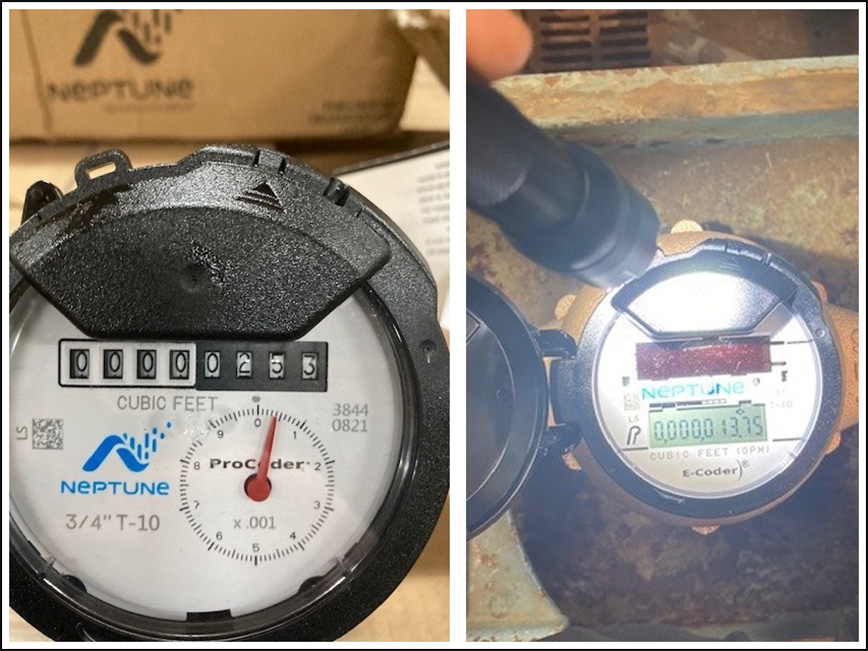
Credit: www.minneapolismn.gov
Frequently Asked Questions On How To Read A Neptune Water Meter
How Do You Read A Neptune Water Meter?
To read a Neptune water meter, locate the dial display on the meter and record the numbers displayed. Start with the highest digit on the left, and read from left to right. Ignore any red numbers or dials. Write down the numbers displayed to accurately record your water usage.
What Are The Different Types Of Neptune Water Meters?
Neptune offers various types of water meters, including the T-10, T-10 ProRead, and ProRead MXU models. Each meter has different features and capabilities, allowing for accurate water measurement and remote reading options.
Can I Read My Neptune Water Meter Remotely?
Yes, Neptune water meters have remote reading capabilities. By using a ProRead or ProRead MXU meter, water usage data can be captured remotely, allowing for more efficient monitoring and billing. This feature eliminates the need for manual meter reading and provides real-time data.
Conclusion
To conclude, understanding how to read a Neptune water meter is essential for effectively managing water usage and costs. By following the step-by-step instructions provided in this blog post, you can easily interpret the readings displayed on your water meter.
This knowledge enables you to monitor water consumption, identify potential leaks, and make informed decisions about your water usage. By taking control of your water meter readings, you can save money, conserve water resources, and contribute to a more sustainable future.
- The Power of Mobile Accessibility And Real-Time Tracking for Trucking Operations - November 6, 2024
- Why Ease of Use is Crucial in Trucking Dispatch Software - September 22, 2024
- Better Communication With Dispatchers: How Trucking Dispatch Software Can Optimize Operations - September 7, 2024

